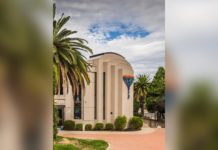Phoenix
CNN
—
Across the Southwest, the signs of a phenomenal winter are everywhere. Snow blankets the tops of the San Gabriel Mountains outside Los Angeles. And in downtown Phoenix, the Salt and Verde rivers are full.
After three years of record-breaking drought and plummeting water levels at Lake Mead and Lake Powell, water officials and experts across the West are now looking at more snow and water than they can handle.
While many are not ready to declare the crisis on the Colorado River solved, they feel the blockbuster winter means basin states should no longer have to cut up to 25% of the basin’s water usage that was called for last year by Bureau of Reclamation Commissioner Camille Calimlim Touton, the river’s top federal official.
“We can probably create the protection levels with cuts not as big as what she described,” Arizona’s top water official Tom Buschatzke told CNN. “I think that might help us get to the place we need to be.”
After more than a year of contentious negotiations between Arizona, California and other Western states on how exactly to distribute those cuts, Buschatzke and other officials say the wet winter has taken some of the pressure off.
On Tuesday, the Interior Department and Bureau of Reclamation are expected to release the first installment of an environmental analysis examining what different volumes of Colorado River cuts will look like for the cities, farmers and tribes who all depend on the water.
The wet winter likely won’t be reflected in Reclamation’s analysis, according to Bill Hasencamp, the manager of Colorado River Resources for the Metropolitan Water District of Southern California, which provides water to Los Angeles.
“People in the upper basin are dealing with feet and feet and feet of snow. The snowpack is still increasing,” Hasencamp told CNN. “It’s a completely different trend than we’ve seen the last three years. This is definitely going to make a huge difference in the short run. But people don’t want to go too far because they don’t want to go back to complacency.”
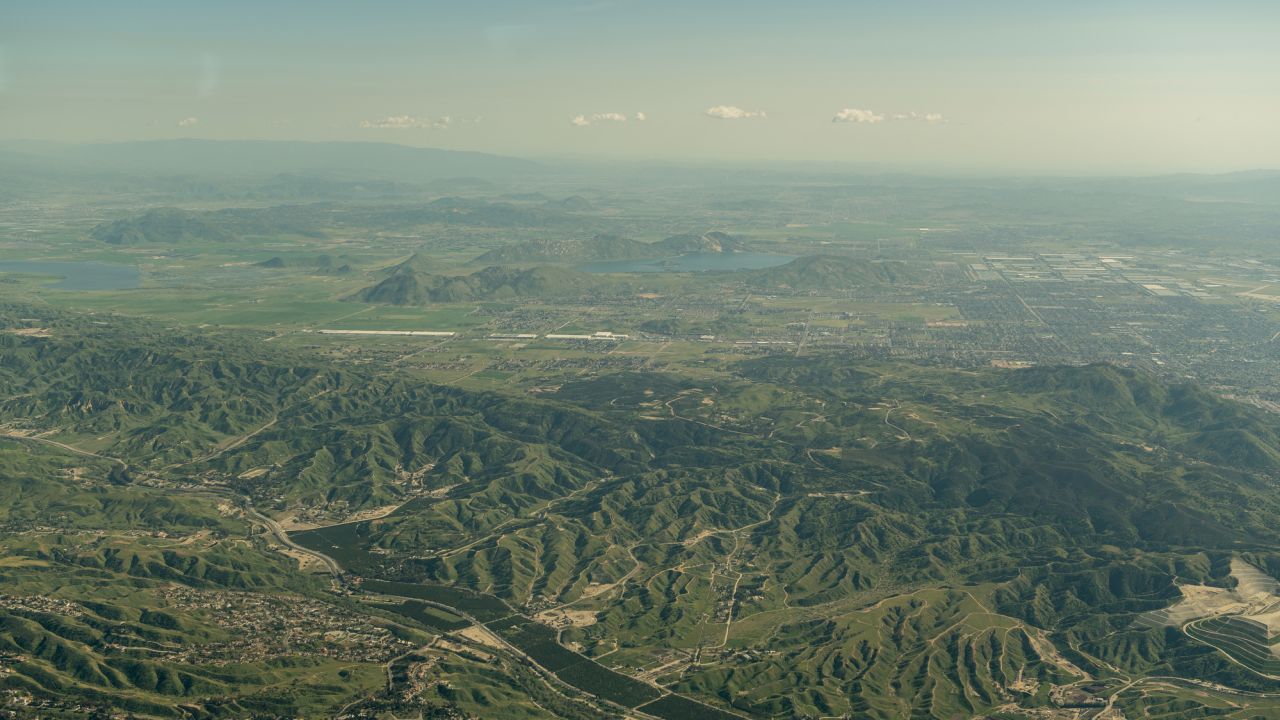
Still, others are cautioning that one historic winter will only delay the inevitable pain of water cuts, as years of overuse collide with climate change-fueled droughts.
As welcome as the reprieve this winter is, if water usage isn’t cut by up to 25%, “we will crash that system,” said Cynthia Campbell, water resources management adviser for the city of Phoenix, told CNN. “I think we’re going to come right back to that conclusion in a year – in a very short amount of time.”
Even with the possible short-term reprieve from this winter’s snowpack, the Biden administration is readying a flurry of Colorado River announcements as it scrambles to deal with a fast-growing crisis in the Western US.
On Tuesday, the federal government’s highly anticipated analysis will compare several scenarios on the Colorado River – comparing taking no action with other water-cutting scenarios of various degrees. The Biden administration is expected to select a preferred scenario this summer.
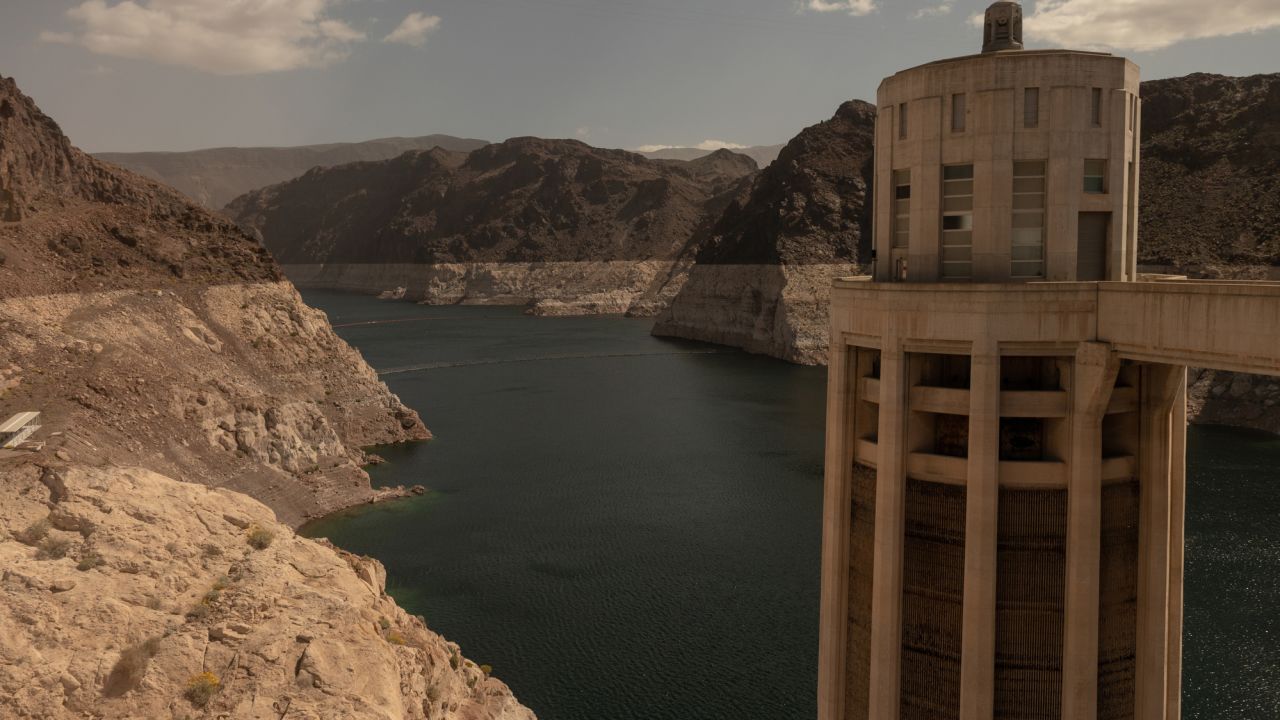
But the administration is also hoping to incentivize water cuts by paying cities, tribes and farmers to reduce water use for the next few years.
Last week, administration officials announced the first deal it signed in a series of short-term agreements to fallow farmland and keep more water in Lake Mead. The Gila River Indian Community in Arizona promised to conserve 125,000 acre-feet – about 40 billion gallons – of Colorado River water for the next three years. In exchange, the federal government agreed to pay for $233 million worth of water infrastructure and conservation projects for the tribe.
At a news conference at Arizona’s state capital on Thursday, Deputy Interior Secretary Tommy Beaudreau told reporters more fallowing agreements would be coming soon.
“What you’re going to see in the coming months are additional announcements of deploying and awarding [federal] funding to communities throughout the basin in order to conserve water,” Beaudreau said – adding funding would also go to longer-term projects to cut water use in the West, such as water recycling and drip irrigation. “You’re going to see a steady drumbeat of that.”
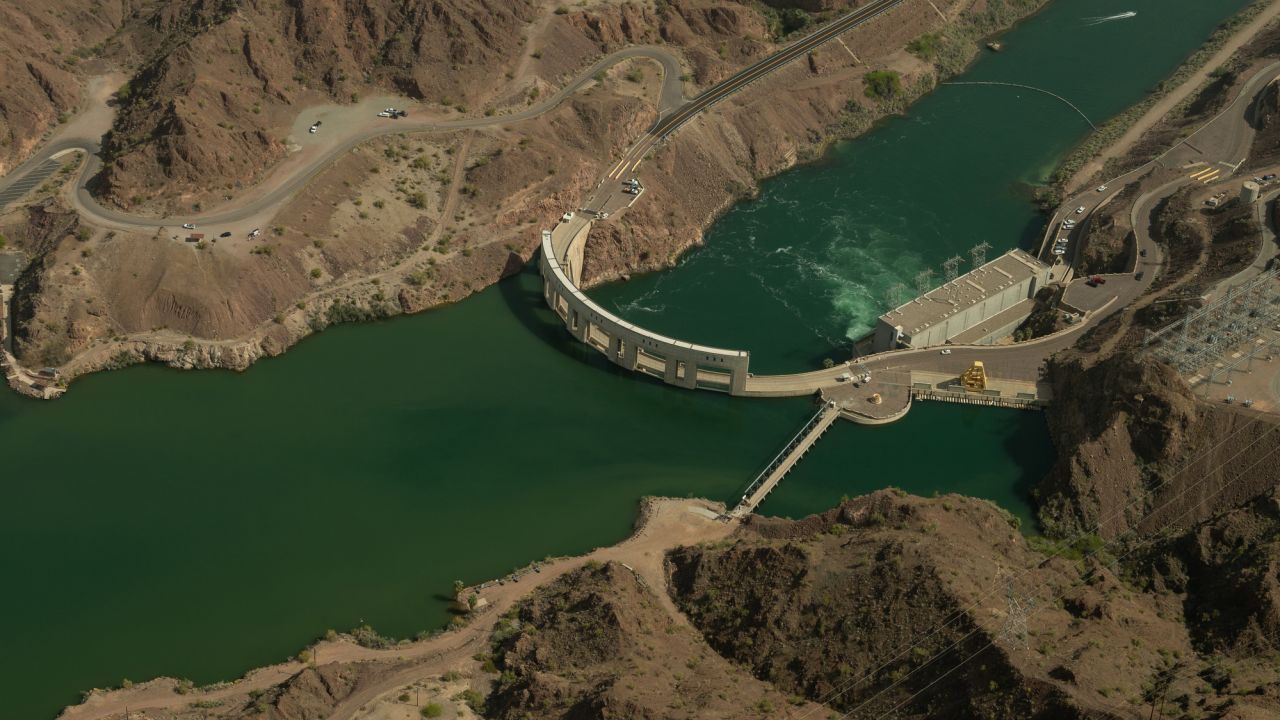
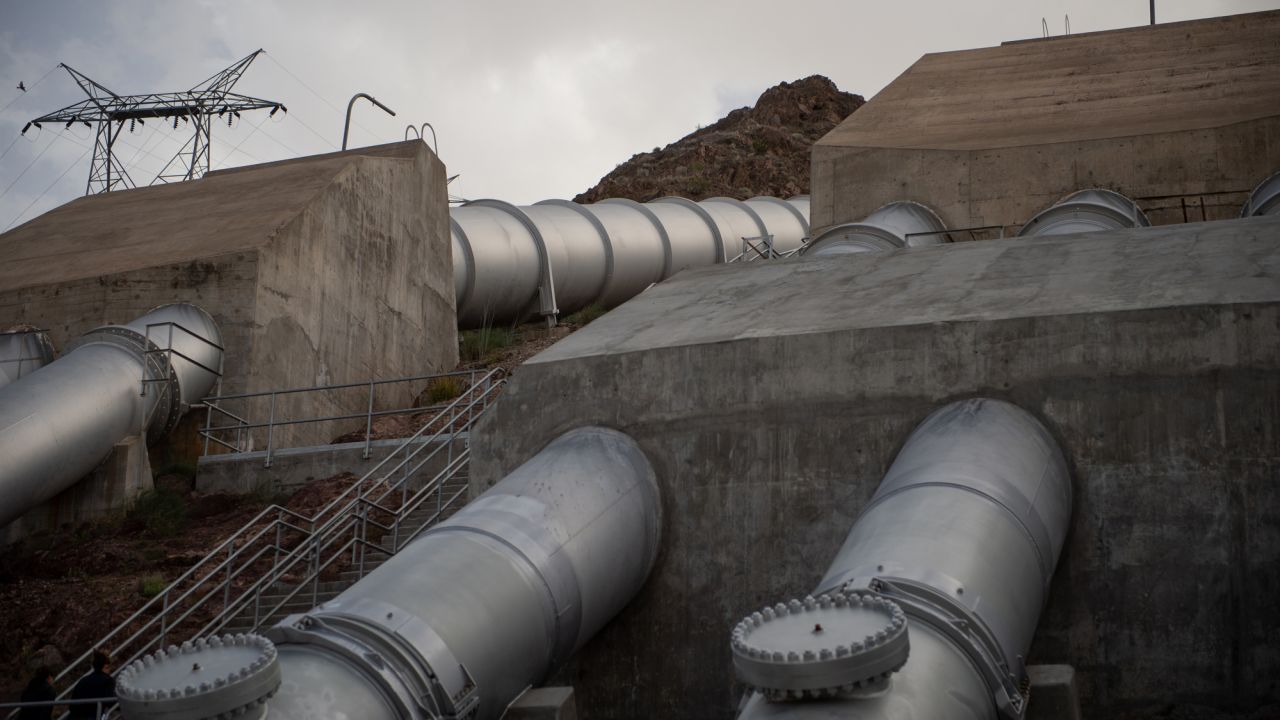
Federal and state officials are hoping that the short-term payments to let agricultural fields go dry could add 10 additional feet of elevation in Lake Mead – the Colorado River’s largest reservoir and the largest reservoir in the country overall.
But whether 10 feet is achievable remains to be seen; many of these agreements have yet to be signed and are flexible enough to give farmers and cities the chance to back out if dry conditions return and they need the water, one source familiar with the agreements told CNN.
The 25% cuts Touton called for last year spurred a tough series of state negotiations that yielded little consensus. Sticking points have included whether the senior priority rights that protect California and Arizona farmers and tribes from cuts should remain intact.
Stakeholders around the basin are expecting more tough negotiations to take place in 2026, when the current guidelines that govern how the river is managed are set to expire.
Many state water negotiators are breathing a sigh of relief the wet winter and short-term fallowing agreements are coinciding this year.
“What we expect that means is that Lake Powell and Lake Mead will balance,” Brenda Burman, general manager of the Central Arizona Project and former Bureau of Reclamation commissioner, told CNN. “That helps with what type of shortage we might have next year, that helps as far as where we think the reservoirs might be in two to three years, so it’s very good news.”

Still, Burman cautioned that since 2000, the Colorado River hasn’t seen two years of good hydrology in a row – meaning celebrations could be short-lived.
“Even though this year is looking like a very good year for runoff; one, we haven’t seen it yet, and two, we don’t know what will happen next year,” Burman said.
Along the Colorado River, all eyes are on the federal government’s forthcoming announcement of what different water cut scenarios could look like. In the meantime, Colorado Basin state negotiators are starting to look more toward 2026, increasingly confident the good year of winter and water will help them avoid dire cuts in the short-term.
“We don’t want to be fighting over the short term and miss the real prize, which is the long term,” Hasencamp told CNN.
One outside expert watching negotiations told CNN the talk about not having to make hard choices now is concerning, given how close the river has already come to crashing.
“Perhaps more worrisome is the fact it buys us time,” said Sarah Porter, the director of the Kyl Center for Water Policy at Arizona State University. “We have already come very close to minimum power pool and we’re now able to say the words dead pool. We need a negotiated agreement or a federal action to get us out of this zone.”
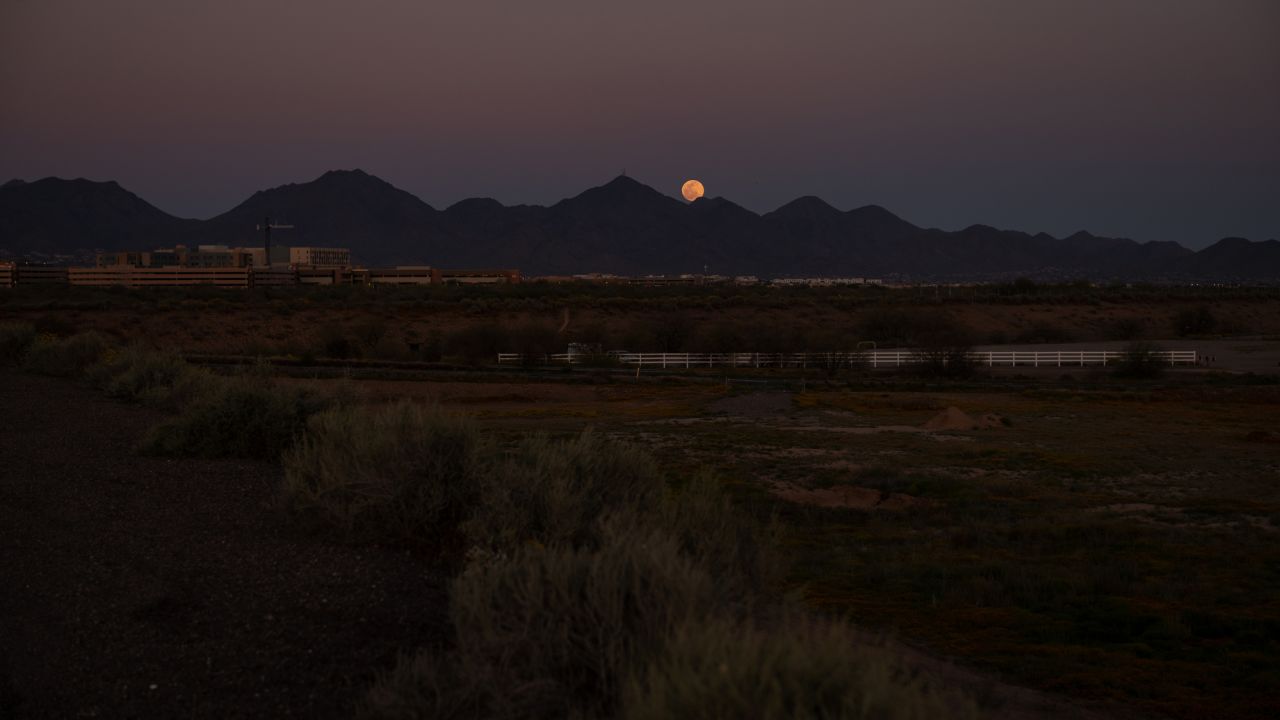
Source : CNN







